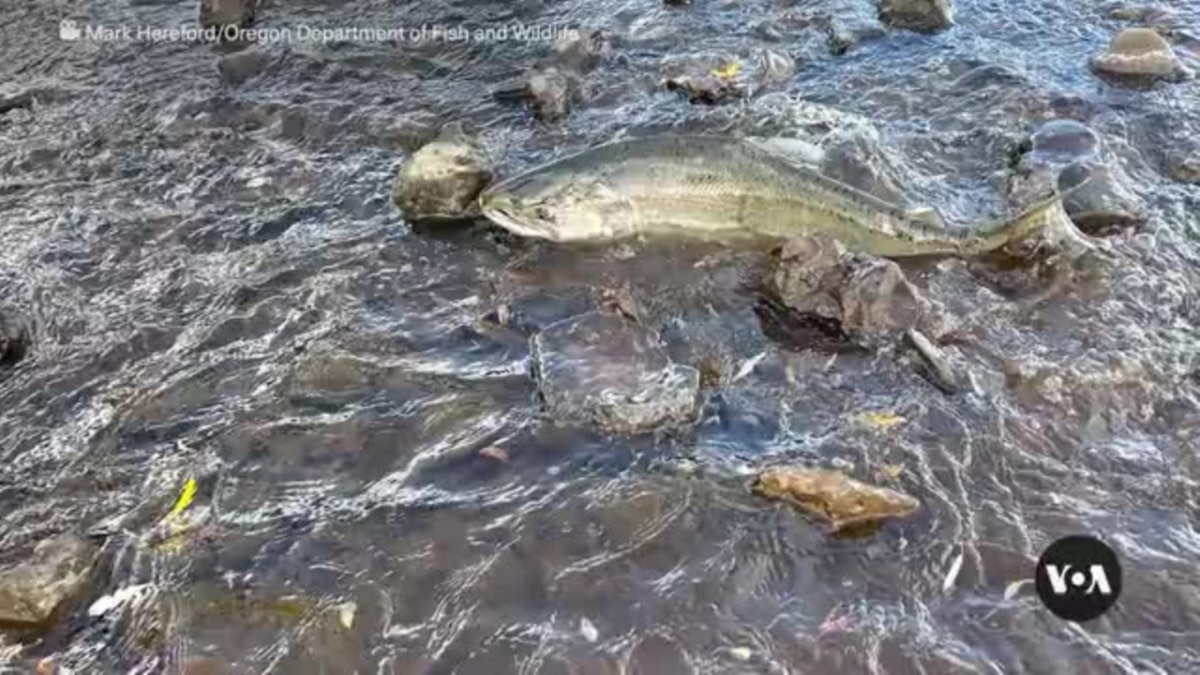Arizona
Internet Vikings Approved to Offer VMware Private Cloud Hosting in Arizona

Internet Vikings, a licensed in-state hosting provider for iGaming and online sports betting, has received official approval from the Arizona Department of Gaming to launch its VMware-based private cloud hosting solutions. This achievement allows the company to provide secure and scalable hosting for licensed operators taking sports betting wagers across Arizona, fully complying with the Arizona Administrative Code (A.A.C).
This builds on Internet Vikings’ success in May 2023, when the company became the first online sports betting hosting provider fully licensed in Arizona. The VMware cloud solutions provided by Internet Vikings meet the regulatory and operational demands of the market, ensuring operators in the state can count on compliant infrastructure.
“Our VMware cloud hosting solutions are designed to support the iGaming and online sports betting markets with the highest levels of performance, security, and compliance. The team is pleased to continuously meet the requirements set forth by the states, and this most recent authorization in Arizona is a great step forward for us,” said Rickard Vikström, CEO and Founder of Internet Vikings.
“By offering private cloud hosting on VMware, Internet Vikings ensures clients have access to assured redundancy, disaster recovery, and on-demand scaling. This technology provides exceptional resource optimization and our team is ready to support businesses in taking full advantage of its features,” said Kristoffer Ottosson, COO at Internet Vikings.
With a presence now firmly established in Arizona, Internet Vikings continues supporting online sports betting operators in complying with state regulations while delivering the infrastructure best suited to the customers needs.
For press inquiries, please contact:
press@internetvikings.com
Internet Vikings is a leading provider of first-to-market licensed in-state hosting for the sports betting and iGaming sector in the U.S., serving solutions in 24 states. The company, founded in 2008, offers dedicated server hosting, co-location, and cloud hosting with a premium status proven by its ISO 27001 certification and intensive DDoS protection.
Tags:

Arizona
Post-holiday rush has Arizona shoppers returning gifts, spending holiday cash

PHOENIX (AZFamily) — Christmas is over, but the stores and malls are busy one day later—shoppers either returning gifts that weren’t quite right or spending some of that holiday cash.
“A lot of the stores we went to, you had to wait in lines just to get from one store to the other,” said Jeannie Mac. “It was pretty busy.”
When you think of holiday shopping, you often think of items flying off the shelves.
“There are a lot of discounts at target, 50% off all decorations. You’d be surprised. The shelves are a little empty,” said shopper Joseph Caruana.
But the day after Christmas, many of those items end up back in-store. This year, returns are expected to add up to 17% of all merchandise sales, according to a recent report by the National Retail Federation. It’s about $890 billion in returned unneeded or unwanted gifts.
However, not everyone was there for returns or exchanges.
“Everyone enjoyed the presents, so didn’t have to return anything, thankfully,” said Max Miely.
Many people Arizona’s Family spoke with were mainly there looking to spend their holiday money, including Jenn Neild, who was visiting from Canada.
“We’re just looking around for some post Christmas deals, Boxing Day deals,” she said.
Boxing Day is traditionally a holiday similar to Black Friday, celebrated in the U.K. and Canada.
It was a good opportunity for shoppers who came out ready to use their holiday gift cards or, in other cases, to claim their Christmas gifts.
“We just went to go get my cousins ear pierced for her Christmas present and we’re going to be shopping for pajamas and different things,” said Morgan Uperesa, another shopper.
Because Dec. 26 and Dec. 27 are historically the busiest days for returns, the Better Business Bureau advises you to bring any receipts to the store.
If you don’t have one, they say you should know the rules on returns without it.
See a spelling or grammatical error in our story? Please click here to report it.
Do you have a photo or video of a breaking news story? Send it to us here with a brief description.
Copyright 2024 KTVK/KPHO. All rights reserved.
Arizona
Cardinals RB James Conner Gets Encouraging Update

ARIZONA — Arizona Cardinals head coach Jonathan Gannon says the progress of running back James Conner has been “good” this week as the team prepares to battle the Los Angeles Rams in Week 17.
Gannon, however, wouldn’t elaborate more on Conner and didn’t reveal if he’d play in Saturday night’s primetime battle.
Conner is dealing with a knee injury suffered in the second half of Week 16’s loss to the Carolina Panthers, a 36-30 overtime defeat that saw Arizona’s postseason dreams officially end.
Arizona Cardinals head coach Jonathan Gannon said James Conner’s progression from his knee injury has been “good.”
JG did not go further as to whether or not he’ll be good to go on Saturday. — Tyler Drake (@Tdrake4sports) December 26, 2024
Conner was a limited participant in the two prior practice days for Arizona and if he is again the same for Thursday, it’s likely he’ll officially be ruled questionable when the injury report drops later today.
“We’ll see how he goes throughout the week. I know he wants to play, so we’ll do what’s best for him first and then what’s best for the team,” Gannon said of Conner earlier this week.
Once again, Conner has been one of Arizona’s top players throughout the course of the season, once again eclipsing the 1,000-yard rushing mark as the engine of the Cardinals’ offense.
The ink just dried on Conner’s two-year extension to stay in Arizona, as the running back was set to test the free agent market before the Cardinals re-signed him earlier in the year.
If he can go, Conner hopes to help play the role of spoiler in Los Angeles, as the Rams can win the NFC West with a victory over Arizona and a little help.
Arizona
Report of shots fired at Phoenix Sky Harbor prompts heavy police presence

PHOENIX (AZFamily) — Gunshots reportedly rang out at Terminal 4 of Phoenix Sky Harbor on Christmas night.
Airport officials tell Arizona’s Family that police responded to reports of gunfire around 9:40 p.m. on Wednesday.
One security checkpoint and the PHX Sky Train was temporarily closed as part of the investigation, however the areas have since reopened.
At this time, police have not confirmed if anyone is injured or if anyone has been taken into custody in connection with the shooting.
Arizona’s Family has a crew on scene. Check back for updates
See a spelling or grammatical error in our story? Please click here to report it.
Do you have a photo or video of a breaking news story? Send it to us here with a brief description.
Copyright 2024 KTVK/KPHO. All rights reserved.
-
/cdn.vox-cdn.com/uploads/chorus_asset/file/24924653/236780_Google_AntiTrust_Trial_Custom_Art_CVirginia__0003_1.png)
/cdn.vox-cdn.com/uploads/chorus_asset/file/24924653/236780_Google_AntiTrust_Trial_Custom_Art_CVirginia__0003_1.png) Technology6 days ago
Technology6 days agoGoogle’s counteroffer to the government trying to break it up is unbundling Android apps
-

 News7 days ago
News7 days agoNovo Nordisk shares tumble as weight-loss drug trial data disappoints
-

 Politics7 days ago
Politics7 days agoIllegal immigrant sexually abused child in the U.S. after being removed from the country five times
-

 Entertainment1 week ago
Entertainment1 week ago'It's a little holiday gift': Inside the Weeknd's free Santa Monica show for his biggest fans
-

 Lifestyle7 days ago
Lifestyle7 days agoThink you can't dance? Get up and try these tips in our comic. We dare you!
-
/cdn.vox-cdn.com/uploads/chorus_asset/file/25672934/Metaphor_Key_Art_Horizontal.png)
/cdn.vox-cdn.com/uploads/chorus_asset/file/25672934/Metaphor_Key_Art_Horizontal.png) Technology2 days ago
Technology2 days agoThere’s a reason Metaphor: ReFantanzio’s battle music sounds as cool as it does
-

 Technology1 week ago
Technology1 week agoFox News AI Newsletter: OpenAI responds to Elon Musk's lawsuit
-

 News3 days ago
News3 days agoFrance’s new premier selects Eric Lombard as finance minister




















